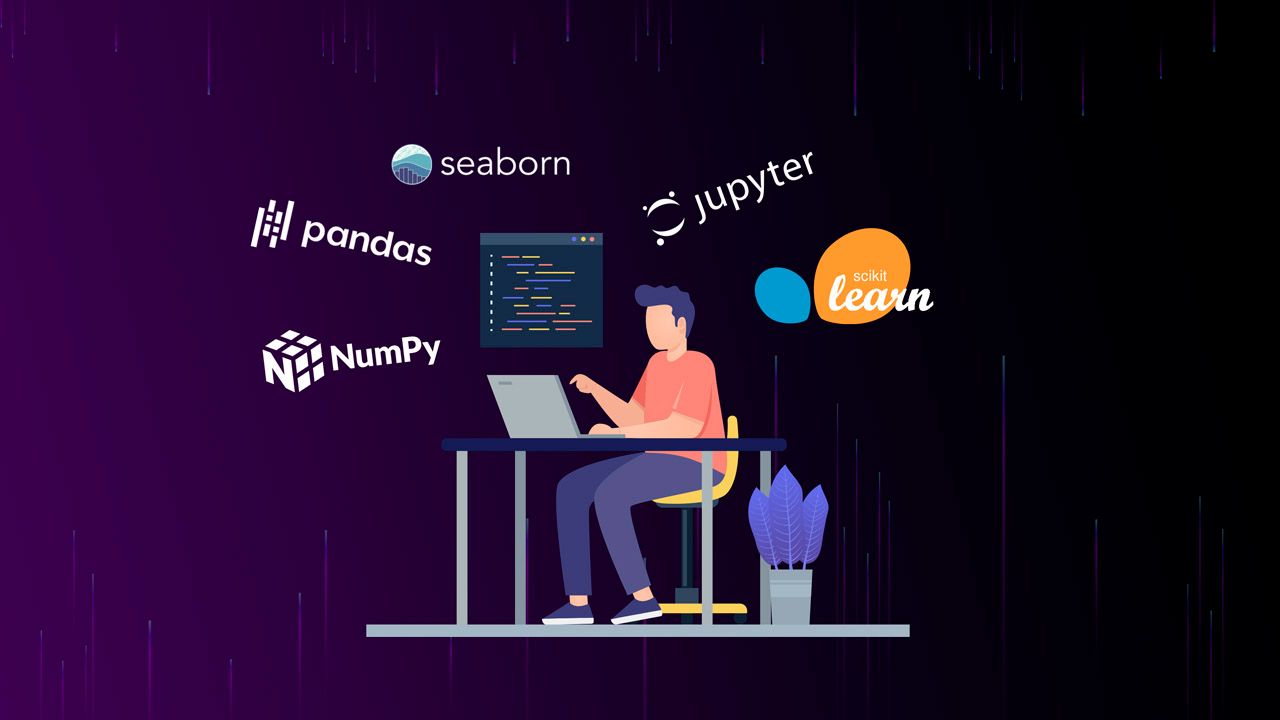By Sara Delgado - Senior Editor | Last updated: July 17, 2025 | 7 Min Read

Using Python for Data Analysis is a powerful skill for anyone looking to break into data science, business intelligence, or analytics. Python’s simplicity, combined with its rich ecosystem of data libraries, makes it the go-to language for both beginners and pros.
In this blog, we’ll walk you through how to start using Python for data analysis. Whether you're working with spreadsheets, SQL data, or real-time APIs, this guide will help you understand the core tools and techniques you need to succeed.
Python is a versatile programming language that's particularly popular for analyzing, cleaning, and visualizing data. It supports everything from statistical modeling to machine learning through powerful libraries.
By using Python for data analysis, you can automate repetitive tasks, gain deep insights, and build data-driven solutions with ease. Its intuitive syntax makes it perfect for beginners and experts alike.
Getting started with Python for data analysis is easier than it seems. With the right tools and steps, you can quickly begin exploring and understanding data.
Here are the steps to get started:
Before you dive into data analysis, it's important to prepare your workspace with the right tools. Setting up your environment ensures that everything runs smoothly and your projects stay organized and manageable.

Once your environment is ready, the next step is to load your dataset and understand its structure. This helps you identify patterns, spot issues, and plan your analysis more effectively.
Good analysis starts with clean, well-structured data. Cleaning and transforming your dataset ensures accurate results and helps your code run more efficiently.

Now that your data is clean, it’s time to uncover insights. Use statistical summaries and visual tools to better understand patterns, trends, and relationships in your dataset.
Once your analysis is complete, it's time to save and present your results. Exporting your data and visualizations makes it easy to share insights or continue the project later.

These core tools and libraries will form the foundation of your data analysis workflow in Python. They're trusted by top analysts and data scientists around the world.
Pandas is the backbone of any data analysis task in Python. It helps you clean, organize, and analyze large datasets efficiently.
NumPy makes number crunching in Python faster and more efficient. It's ideal for performing complex calculations and working with multi-dimensional arrays.
Clear visualizations make your analysis more impactful. These libraries help you tell compelling stories with your data.
This tool lets you combine code, visuals, and notes in a single document. Perfect for experiments, tutorials, and sharing results.
Ready to take your analysis to the next level? Scikit-learn can be the best for basic Machine Learning:
Even if you're just starting out, some expert tips can help you do better. Here are the tips:
Using Python for data analysis is one of the most valuable skills in today’s data-driven world. With tools like Pandas, NumPy, and Scikit-learn, even beginners can perform advanced data tasks and extract meaningful insights.
Start small, build consistent habits, and leverage the growing ecosystem of Python libraries to sharpen your data skills. The sooner you begin, the sooner you'll unlock the power of Python for smarter decision-making.
Yes! Python’s readability and wide range of libraries make it ideal for new analysts.
Pandas, NumPy, Matplotlib, Seaborn, and Scikit-learn are essential for most projects.
Absolutely. Python has a beginner-friendly syntax that’s easy to learn with practice.
Regular practice lets you learn the basics in 1–2 months and become proficient in 6 months.
Try Kaggle, UCI Machine Learning Repository, or open government data portals.
Get the latest updates from the world of science and technology delivered straight to your inbox.

Sara Delgado is a freelance writer, editor, and translator specializing in culture and fashion content with experience across digital, print, and social media based in Madrid, Spain. She was previously the online editor of Schön! Magazine and is now a contributing editor-at-large at Teen Vogue. She has written for Dazed, The Recording Academy, NME, Nylon, BRICK, and many more.
Subscribe to our newsletter to get the latest updates directly in your inbox.

Explore how generative AI product prototype tools speed up and enhance design workflows. Discover top benefits for modern creators.

June 22, 2025
Compare Coursera, Udemy, and LinkedIn Learning to find the right online learning platform. Discover their core features, strengths, and differences.
15/07/2025
Discover how to prepare for blockchain developer jobs with essential skills and tools. Master key technologies and boost your career potential today.
15/07/2025
Discover how cloud computing in the healthcare industry is transforming patient care, data management, and operational efficiency in 2025.
16/07/2025
Master AI outputs with this prompt engineering cheat sheet. Learn how to craft better prompts for smarter, faster results in 2025.
16/07/2025